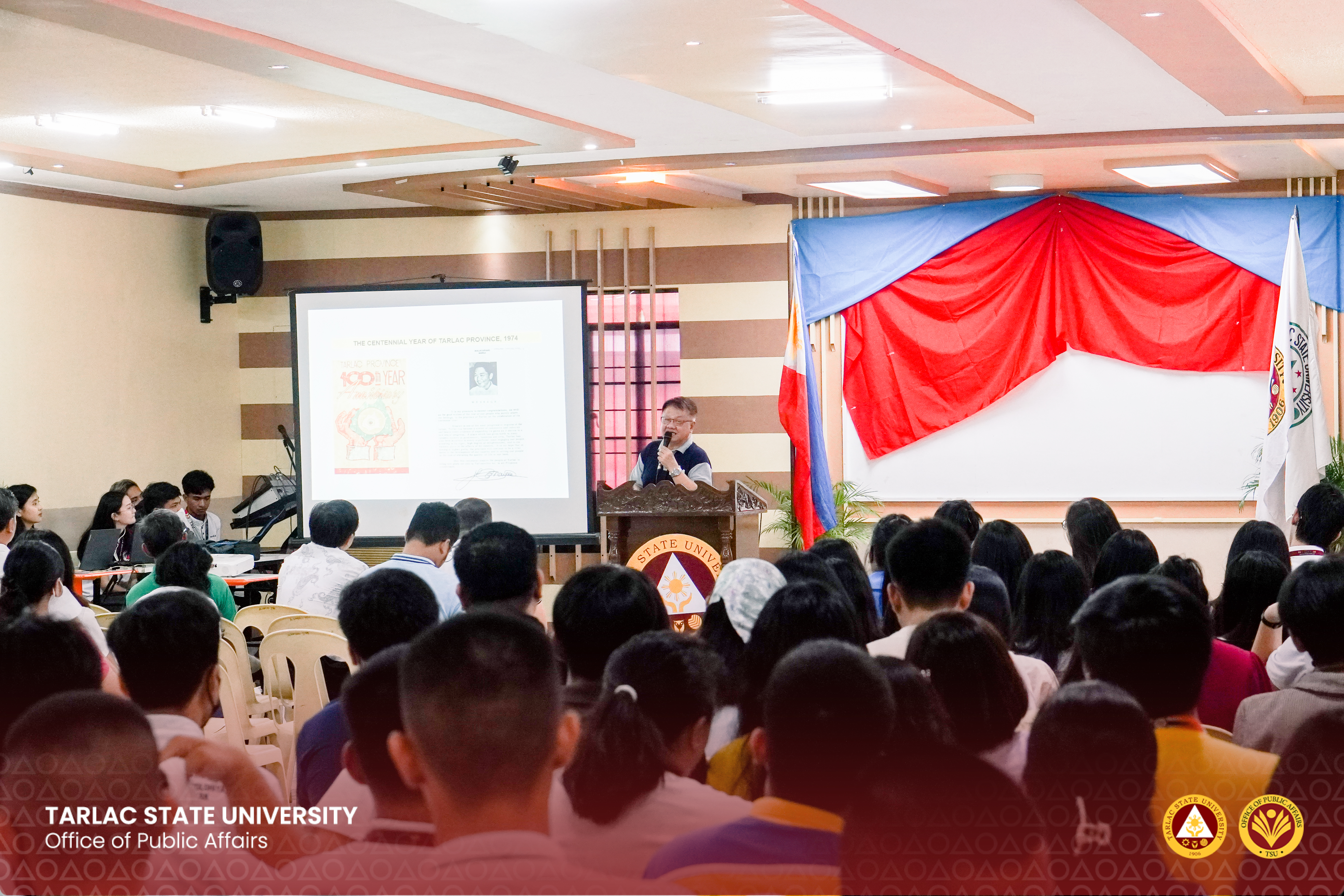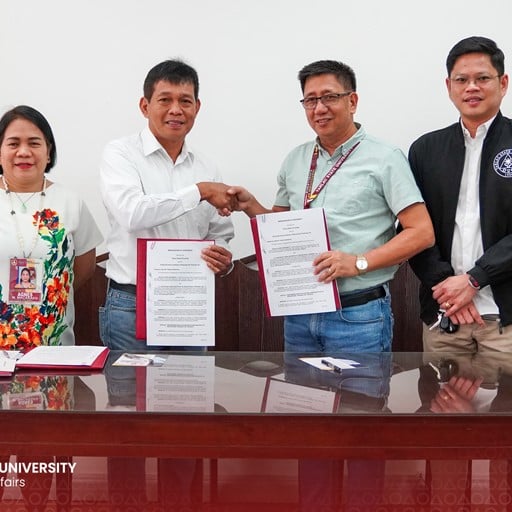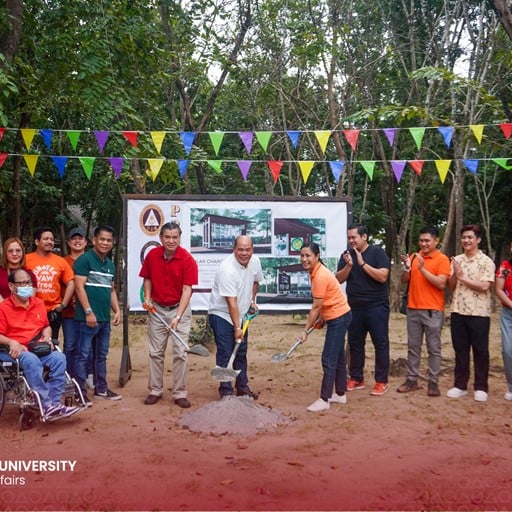As Tarlac State University's contribution to the 150th year of Tarlac as a province, Dr. Lino L. Dizon, National Historical Commission of the Philippines Commissioner and retired TSU professor, conducted a lecture on the sesquicentennial of Tarlac as a province with a virtual launching of the publication "The Beginnings of Tarlac Province (1571-1873)" last March 22, 2023 at the Alumni Center, Lucinda Campus.
Along with NHCP, the lecture was co-organized by TSU's Center for Tarlaqueño Studies and MAHARLIKA, an organization of social studies students from the College of Education.
During the lecture, Commissioner Dizon discussed the province's beginnings and corrected some information on Tarlac history that Tarlaqueños had long known, such as the origin of the province's name. He said Tarlac was not coined from the "Malatarlak" plant because the province already existed in 1858.
The renowned historian carefully recalled his documents to trace the province's establishment.
According to Commissioner Dizon, writer Rosario Mendoza Cortes believes that Maestro de Campo, D. Martin de Goiti's expedition in 1571, only touched a part of Pangasinan and covered the southernmost part of a certain province near Pampanga. The province was later called Tarlac.
On April 30, 1858, a royal order under the King of Spain approved the creation of the Commandancia de Tarlac.
“Meaning kung ano 'yung Tarlac, nabuo na 'yan as early as 1858. Kaya hindi tama 'yung sasabihin na Tarlakenyo tayo na minadali ang pagsasama. As early as 1858, magkasama na tayo. So we need to correct na minadali ang Tarlac kasi as early as 1858, wala pa 'yung Porac, wala pa 'yung Floridablanca, of course wala pa 'yung Concepcion diyan kasi nga [nasa] Magalang pa,” Commissioner Dizon said.
In addition, the commissioner shared that Tarlac province was founded on May 28, 1873 by Governor General Juan Alaminos y Vivar.
Before the founding of Tarlac, there was a plan to establish the province "Nueva Cuenca" during the time of the economic blueprint of the Spanish governor generals in the early 1800s. The supposed "Nueva Cuenca" towns include Paniqui, Barug (presently Gerona), Cuyapo, Guimba, Munoz, San Jose, Puncan, Lugsit, Umingan, and Tayug.
"But it (Nueva Cuenca) was never formed. Instead, what would be formed was Tarlac Province, [which] was half a century later. The first step towards the erection of Tarlac into a province was made in 1858 with the creation of a portion of western Pampanga into a military commandancia — Comandancia-Militar de Tarlac. This is from an old account that needs to be updated," Commissioner Dizon said.
Part of the lecture is Commissioner Dizon's virtual launching of his book "The Beginnings of Tarlac Province (1571-1873)" with the help and support of the university and the Tarlac provincial government.
Historically, Tarlac is part of the eight rays of the sun in the Philippine flag, symbolizing the first provinces that revolted against Spain in 1896. NHCP Chairman Emmanuel Calairo emphasized this in his video message during the lecture's preliminaries.
"Lingid sa kaalaman ng mga nakararami, saksi ang Tarlac sa iba't-ibang makasaysayang pangyayari. Pinakanatatangi dito ay ang pagiging lunsaran ng himagsikang Pilipino, dahilan para mapabilang ang Tarlac sa isa sa mga sinag ng araw ng ating pambansang watawat," Chairman Calairo said.
Chariman Calairo also celebrated the historicity of TSU being a part of Gen. Emilio Aguinaldo's republic in Tarlac.
“Naging maksayasayan pa lalo ang lalawigan ng Tarlac noong 1886... dalawang beses na naging kabisera ang Tarlac: una sa Bamban at sunod ay sa lungsod ng Tarlac. Mapalad ang Tarlac State Univerity sapagkat sa Main Campus nito dating nakatayo ang palasyo ni Emilio Aguinaldo,” he added.
In his account, Commissioner Dizon also corrected the province's founding year from 1874 to 1873 when Tarlac became a civil government in 1893 headed by the govierno politico militar. This pertains to the event in 1974 when Tarlac Province celebrated its centenary.
Tarlac Province's sesquicentennial celebration on May 26, headed by Governor Susan Yap, features the unveiling and presentation of the "Tarlac 150" commemorative stamp, the distribution of land titles to 150 beneficiaries, a cultural show, and a concert.
The "Araw ng Lalawigan ng Tarlak" is usually celebrated every May 28 per Proclamation No. 109, s. 1999 signed by then President Joseph Estrada. This year, President Ferdinand Marcos Jr. issued Proclamation No. 233, declaring May 26 a special non-working day in the Province of Tarlac. (jlmm/OPA)








